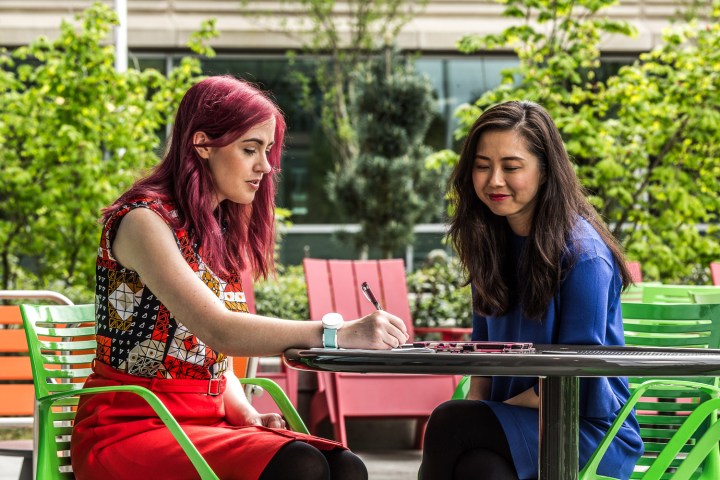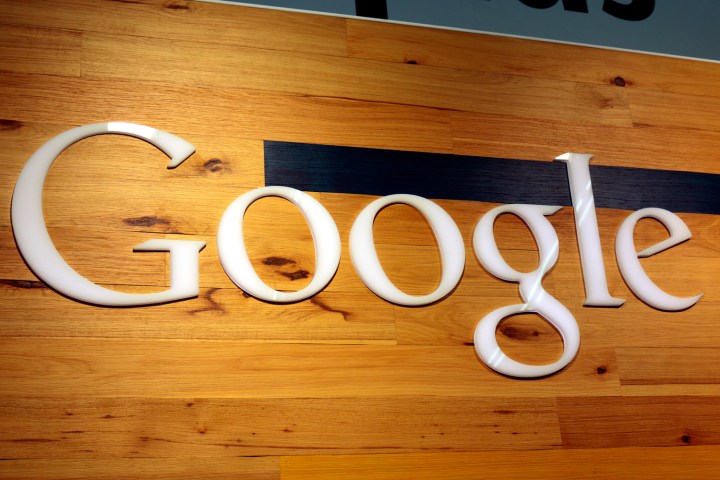
Microsoft is laying the foundation for a sci-fi future at Build 2017

Microsoft Build is an annual event filled with keynotes, reveals, and more. Frank Shaw, Microsoft’s VP of Corporate Communications, made light of the event at a press preview the day before Build began.
“It’s a developer conference,” Shaw warned with a dead-pan tone. “There will be coding.”
This can make Build seem arcane and, well, a bit boring if you’re not a developer or engineer. Yet that doesn’t mean it’s unimportant. In fact, Build 2017 put forth a cohesive vision for not just Microsoft’s future, but also for how everyone will interact with technology in the coming years.
Lamborghini’s hybrid Urus could pave the way for a gas-electric supercar

Lamborghini is putting the final touches on the 2018 Urus, its first SUV in nearly a quarter of a century. Previewed by a concept introduced at the 2012 Beijing show, the Urus is an important model that will lure a new category of buyers into showrooms.
It was developed as a practical, family-friendly SUV with a spacious back seat and a big trunk. It’s endowed with the genes that make the Aventador S one of the best high-performance machines on the planet, yet it’s capable of holding its own off the beaten path.
The Urus will become Lamborghini’s very first turbocharged model when it breaks cover, and will later inaugurate the brand’s first series-produced plug-in hybrid drivetrain. In short, it’s unlike any model the Raging Bull carmaker has built in its illustrious 54-year history.
Robot eye surgeon is 10x more precise than the most steady-handed human
Once clumsy machines that couldn’t navigate down a hallway in a straight line, robots sure have come a long way in the past several decades. So why not reward them by teaching them a new, slightly more complex task — like carrying out an operation inside the human eye?
That’s exactly what a hospital in the United Kingdom did in a recent trial, in which robots competed against human surgeons to carry out a delicate surgery involving membrane removal on the retina. A group of 12 patients was divided into two groups, with half undergoing the traditional human surgeon-led procedure and the other half undergoing the operation as carried out by robot.
Despite surrounding controversy, ’13 Reasons Why’ is coming back for a second season

Netflix has found enough reasons to renew its controversial, albeit popular, new show. Despite the drama around the drama 13 Reasons Why, it appears that the Netflix original series is up for a second season.
As first reported by The Hollywood Reporter, 13 Reasons Why, which explores teen suicide and bullying, will make its sophomoric season debut sometime in 2018, hopefully addressing some of the questions left unanswered.
Scientists predict AI will allow us to translate dolphin language by 2021

AI-driven natural language processing is getting better at understanding languages spoken in every country around the world. It doesn’t have to stop at land-based languages, however, as Swedish-based language startup Gavagai AB is keen to prove.
Working with researchers from the KTH Royal Institute of Technology, Gavagai AB is currently involved in a four-year project, designed to gather as much “dolphin language data” as possible, and to use this to decode the chatter of everyone’s favorite aquatic mammals.
Amazon’s Echo Show speaker plays YouTube Videos, hosts conference calls, and more

Amazon’s long-rumored Echo speaker with a touchscreen is finally here, and it’s called the Echo Show. The touchscreen-based, Alexa-powered speaker sits vertically, like a desk clock, and does everything Amazon’s existing Echo speakers can do — and much more.
The Echo Show boasts upgrades aplenty. It’s equipped with eight ever-vigilant microphones — up from seven in Amazon’s Echo Dot, Echo Tap, and original Echo speaker — and an improved speaker array with Dolby-powered bass and stereo sound.
Everything you need to know about Fuchsia, Google’s mysterious new OS
Google’s best-known software ventures may be Android and Chrome OS, but the company is actually working on a third operating system. It’s called Fuchsia, and when it was first discovered last year, it only popped up as a single command line. Now, however, we know a lot more about the operating system. Fuchsia looks totally different than any other mobile operating system we’ve seen, including Android, but that could be the point.
Tesla’s stylish new solar roof expected to cost less than a traditional roof

Rejoice, fans of our closest star — you can start pre-ordering your solar roof from Tesla. To do so, you’ll need to put down a $1,000 deposit, though you can get a full refund should you decide against it before you sign the final contract.
As for the price, Tesla Solar has created a cost calculator (powered by Google’s Project Sunroof) that will give you a ballpark estimate specific to your needs. Simply enter your address, and you’ll get an estimate unique to your home, complete with the value of energy your roof will generate, the cost of the roof, and more.
Microsoft shows wearable that assists graphic designer with Parkinson’s disease

Graphic designer Emma Lawton was diagnosed with Parkinson’s disease three years ago, at the age of 29. Now, with the help of a BBC project and Haiyan Zhang, Microsoft Research Cambridge’s innovation director, she’s been able to use a wearable device to reclaim her lifelong passion for drawing and sketching.
The Big Life Fix is a BBC series that got underway Wednesday. Lawton was featured in the first episode of the series, which focuses on people in need who turn to some of the United Kingdom’s top inventors for solutions to problems that affect their day-to-day life.




